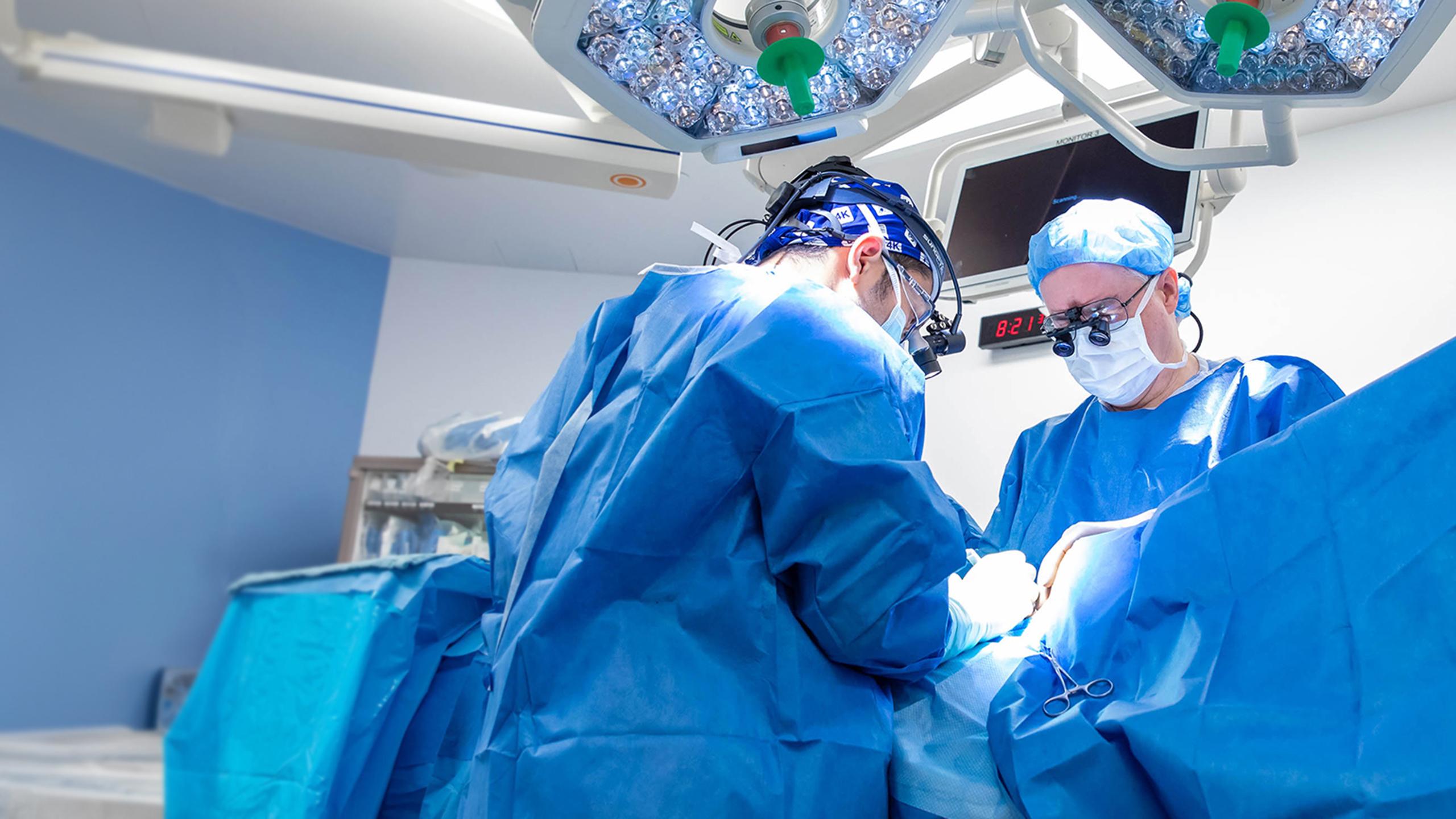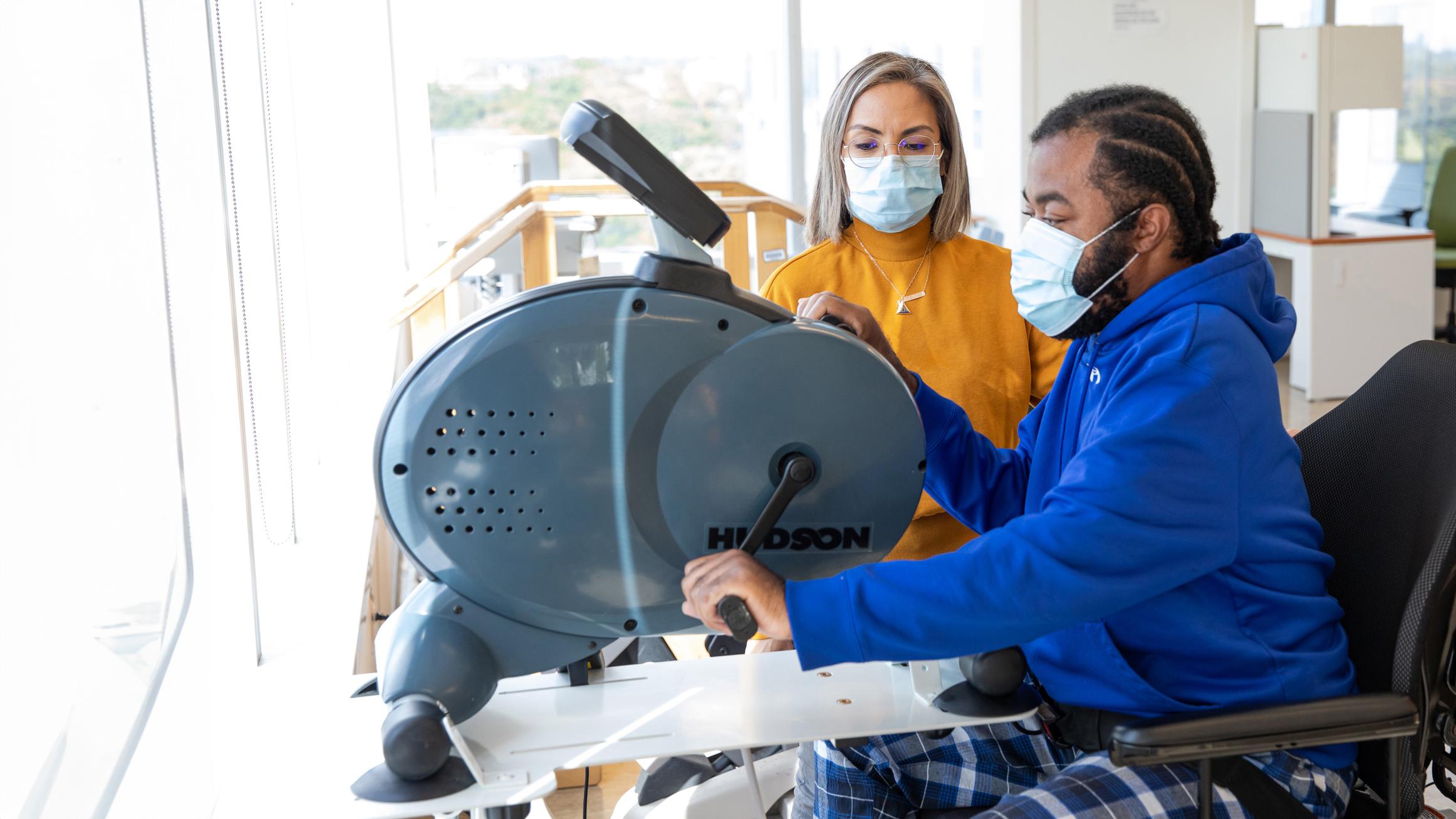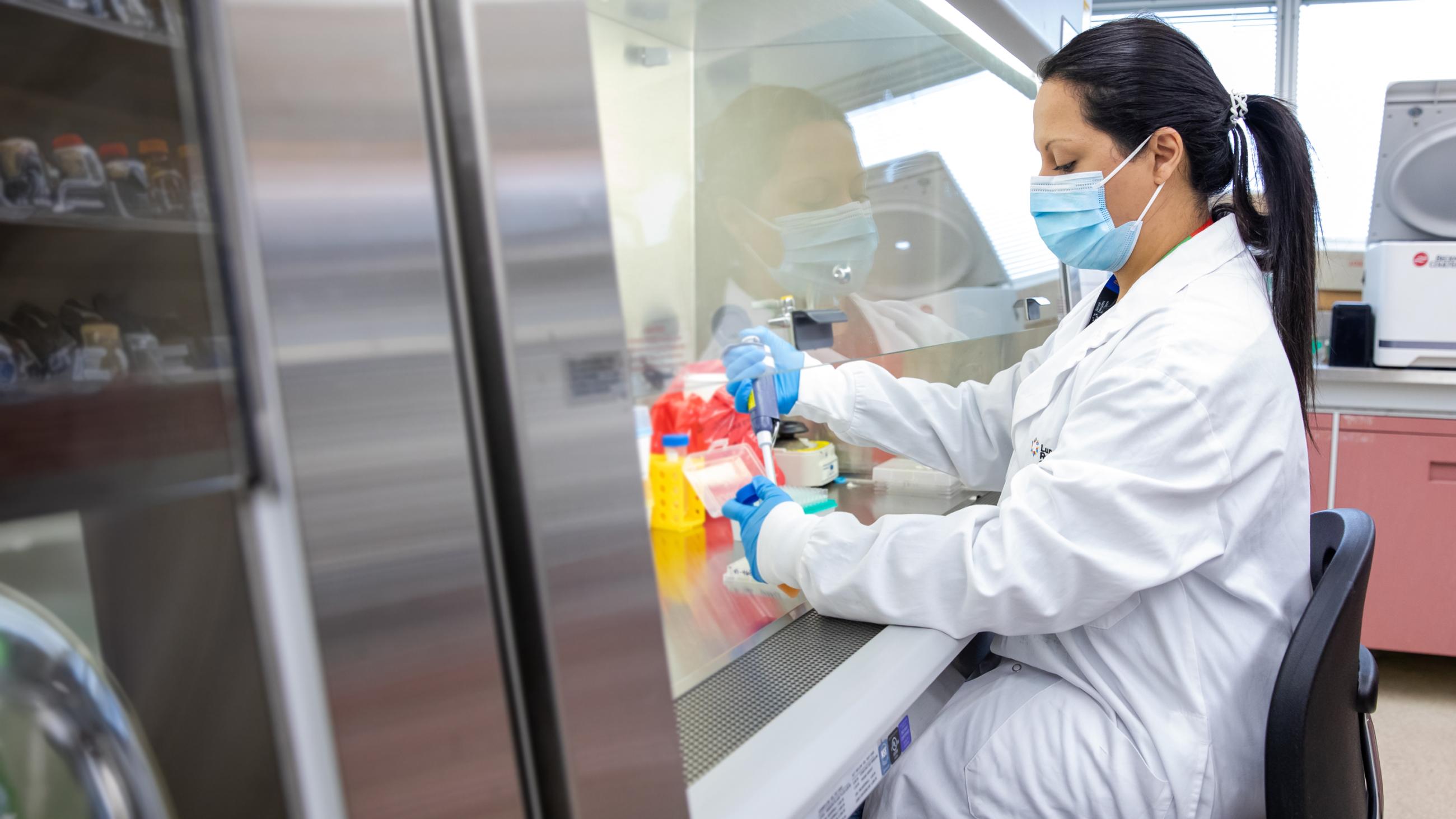Perineal Tears
Learn more about perineal tears and how they are treated.
Overview
A perineal tear is damage that can occur in the area between the vagina and anus during childbirth.
During birth, it is common to experience tearing of the tissue between the vaginal opening and the anus known as the perineum. This area contains many muscles. These obstetrical tears are grouped into four categories:
- First-degree tears: Small, skin-deep tears.
- Second-degree tears: Deeper tears that affect the muscles of the perineum and the skin.
- Third-degree tears: Tears extend from the vagina and perineum to the anal sphincter, the muscle that controls the anus.
- Fourth-degree tears: Tears that extend into the anal canal as well as the rectum, reaching further into the anus.
An episiotomy is different from a tear. An episiotomy is a deliberate cut made by a health-care provider through the vaginal wall and perineum to make more space for delivering the baby. A tear can happen as the baby stretches the vagina during birth. A tear may occur with or without an episiotomy.
Visit the Mount Sinai Perineal (OASIS) Clinic for information about our clinic-based care.
Symptoms
Third- or fourth-degree tears happen in about four to six per cent of vaginal births worldwide. Factors that can increase the risk of a tear include:
- First vaginal birth
- A large baby (more than four kilograms or nine pounds)
- Assisted delivery (forceps or vacuum)
- Induced labour
- One of your baby’s shoulders becomes stuck behind the pubic bone
- Pushing for a longer amount of time than expected
Diagnosis
If a third- or fourth-degree tear is suspected, your health-care provider will examine your perineum and anus. They will explain how the tear will be repaired. This is usually performed as soon as possible after your baby is born, and it is done under epidural or spinal anesthesia. In some cases, a general anesthetic may be necessary.
An obstetrician will stitch the tear, including any damage to the anal sphincter, either in the labour room or an operating room.
Treatment
Most patients recover without complications, especially when the tear is recognized and repaired at the time of birth. As they heal, some people may experience:
- Pain or soreness in the perineum
- Worry or apprehension about having sexual intercourse
- A sense of urgency to use the toilet for a bowel movement, or difficulty controlling gas from the back passage
Stitches usually dissolve within four to six weeks, although deeper stitches around the anus can take longer to fully dissolve.
Short-term treatment
After your tear has been stitched, you will receive a single intravenous dose of antibiotics to reduce the risk of infection, since the stitches are close to the anus. You may also be given oral antibiotics to take for a period of time.
These measures may also help with your recovery:
- Pain-relief medications such as acetaminophen or ibuprofen
- A gentle laxative to make bowel movements more comfortable
- A temporary catheter to collect urine until you can walk to the toilet
- Daily showers, baths or sitz baths to keep the area clean
- Change maternity pads regularly to keep the area clean
- Apply an ice pack to the perineum over clothing for up to 10 minutes to help with swelling
- Sitting on an air donut pillow or two rolled-up towels to ease pressure
Diet and exercise
Pelvic floor exercises (PDF) can start as soon as your catheter is removed. These exercises help increase blood circulation in the area and support healing. They also strengthen the muscles of the perineum and pelvic floor to prevent possible problems with bowel control.
Your health-care provider will teach you how to do pelvic floor muscle exercises and may recommend an appointment with a pelvic physiotherapist for extra support.
Eat a balanced, high-fibre diet to keep your bowels moving and prevent constipation. Continue the prescribed gentle laxatives for at least two weeks.
During healing, avoid heavy lifting, pushing or pulling to allow the perineum to heal. Support your perineum with your hand during activities that increase pressure in your abdomen and pelvic floor, such as sneezing, coughing or vomiting.
Infant feeding
Treatments for perineal tears will not affect your ability to breast/chestfeed. However, sitting for long periods may be difficult. To make feeding more comfortable, try positions other than sitting. Using ice packs over your clothing on your perineum may also provide relief.
Bowel movements
A bowel movement should not affect your stitches, although you may have less control for the first few days after birth. Eat well, drink plenty of water to avoid constipation and continue taking the prescribed laxative for 10 days after birth. Sit with your feet on a stool to raise your knees above your hips to ease bowel movements. Move slowly and try not to strain.
Sex
Most people wait about six weeks before having sex. Once your stitches have healed and pain and bleeding have subsided, you can have sex when you and your partner feel ready. Ensure you have a suitable method of contraception, as pregnancy can occur soon after birth.
While sex may be uncomfortable or feel different at first, lasting discomfort should be discussed with your physician. You and your partner may be anxious, so talking about these feelings may help; it is important that you both feel ready and relaxed.
Future births
The possibility of a future vaginal birth depends on several factors. Your obstetrician will discuss these with you at your follow-up appointment or in your next pregnancy. If the anal muscles have completely healed, a future vaginal birth is considered safe. The risk of another third- or fourth-degree tear is about five to seven per cent. Some people may choose a Caesarean section to reduce potential pelvic floor damage in future deliveries.








